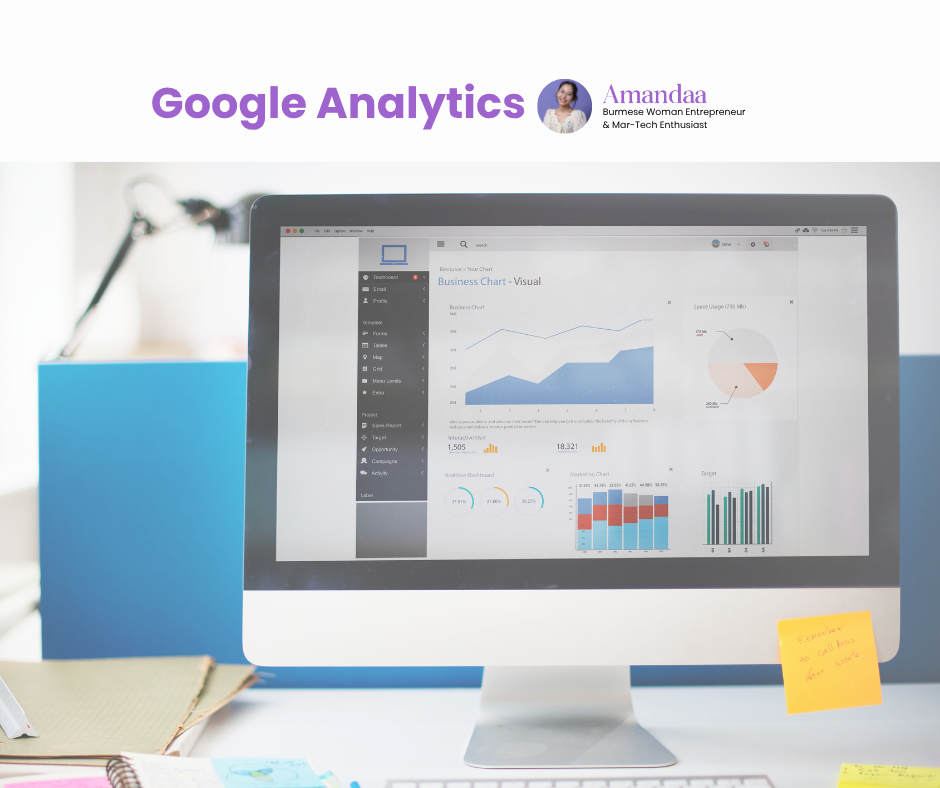How to Really Understand Consumer Behaviors
In today's rapidly evolving digital landscape, grasping the nuances of consumer behaviors is more crucial than ever. For marketers and budding entrepreneurs, understanding not just what consumers do, but why they do it, can be the key to crafting compelling campaigns, designing user-centric products, and building lasting brand loyalty.
This guide delves deep into the world of consumer behavior, offering insights into the psychological drivers, analytical tools, and real-world applications that can help you connect more authentically with your audience. Drawing from academic research, industry case studies, and personal experiences, we'll explore how to decode consumer actions and preferences to inform your marketing strategies effectively.
What Is Consumer Behavior?
At its core, consumer behavior refers to the study of how individuals make decisions to spend their resources—time, money, and effort—on consumption-related items. This encompasses the processes they go through before, during, and after making purchases.
Understanding consumer behavior involves analyzing:
-
Psychological factors: motivations, perceptions, attitudes, and beliefs.
-
Personal factors: age, occupation, lifestyle, and economic situation.
-
Social factors: family, roles, peer groups, and social status.
-
Cultural factors: culture, subculture, and social class.
By examining these elements, businesses can better predict how consumers will respond to marketing strategies and adjust accordingly.
Why It Matters for Startups and Marketers
For startups and marketers, understanding consumer behavior is not just beneficial—it's essential. Here's why:
-
Product-Market Fit: By comprehending consumer needs and preferences, startups can tailor their products or services to meet market demands effectively.
-
Targeted Marketing: Insights into consumer behavior enable marketers to segment their audience and craft personalized messages that resonate.
-
Customer Retention: Understanding what drives consumer loyalty helps in developing strategies to retain customers over time.
-
Competitive Advantage: Businesses that anticipate and respond to consumer behavior trends can stay ahead of competitors.
The 5 Major Factors That Drive Consumer Behavior
-
Psychological Factors: These include motivation (what drives a consumer to act), perception (how they view a product), learning (past experiences influencing future behavior), and beliefs and attitudes.
-
Personal Factors: Individual characteristics such as age, occupation, lifestyle, and economic status play a significant role in purchasing decisions.
-
Social Factors: Family, friends, and social networks can influence consumer choices through peer pressure or shared experiences.
-
Cultural Factors: Culture shapes values and norms, affecting consumer preferences and behaviors.
-
Economic Factors: A consumer's purchasing power and economic conditions can significantly impact buying behavior.
Behavior in Action: The Consumer Decision-Making Process
Understanding the stages consumers go through before making a purchase can help businesses tailor their strategies:
-
Problem Recognition: The consumer identifies a need or problem.
-
Information Search: They seek information about products or services that can solve their problem.
-
Evaluation of Alternatives: Consumers compare different options based on features, prices, and reviews.
-
Purchase Decision: They decide on a product and proceed to purchase.
-
Post-Purchase Behavior: After the purchase, consumers evaluate their decision, which can influence future behavior and brand loyalty.
Qualitative Research: Going Beyond the Data
While quantitative data provides the "what," qualitative research uncovers the "why":
-
Customer Interviews: One-on-one conversations to delve deep into consumer motivations and experiences.
-
Focus Groups: Gather diverse consumer opinions and reactions in a group setting.
-
Observational Research: Monitor consumer behavior in real-world settings to identify patterns and preferences.
My Case Study: From Classroom to Customer Insights
During my Consumer Behavior class, I conducted a project that involved interviewing actual customers to understand their purchasing decisions. One key insight was that emotional triggers, such as nostalgia or a sense of belonging, significantly influenced buying behavior more than price or convenience. This experience underscored the importance of connecting with consumers on an emotional level to drive engagement and loyalty.
Behavioral Frameworks That Work
Several frameworks can help in analyzing and predicting consumer behavior:
-
GRAMS Framework: Focuses on Goals, Roles, Activities, Motivations, and Situations to understand consumer actions.
-
Fogg Behavior Model: Suggests that behavior is a product of motivation, ability, and triggers occurring simultaneously.
-
Jobs-To-Be-Done: Centers on the idea that consumers "hire" products to perform specific "jobs" or solve problems in their lives.
Summary of My Learnings
Understanding consumer behavior is a multifaceted endeavor that combines psychology, data analysis, and real-world observation. My journey, from academic studies to practical applications, has taught me that empathy and continuous learning are vital in connecting with consumers. By staying attuned to their needs and motivations, businesses can create more meaningful and effective marketing strategies.
Quick Takeaways
-
Consumer behavior encompasses psychological, personal, social, cultural, and economic factors.
-
Understanding the consumer decision-making process can enhance marketing strategies.
-
Combining quantitative and qualitative research provides a holistic view of consumer behavior.
-
Behavioral segmentation allows for more personalized marketing efforts.
-
Leveraging technology can streamline the analysis of consumer behavior.
-
Continuous engagement and feedback collection are crucial for adapting to evolving consumer needs.
Want the full picture of what it takes to build a strong startup? Check out my 7 Essential Startup Tips to see how understanding consumer behavior fits into the bigger journey.
 By
By


.png)